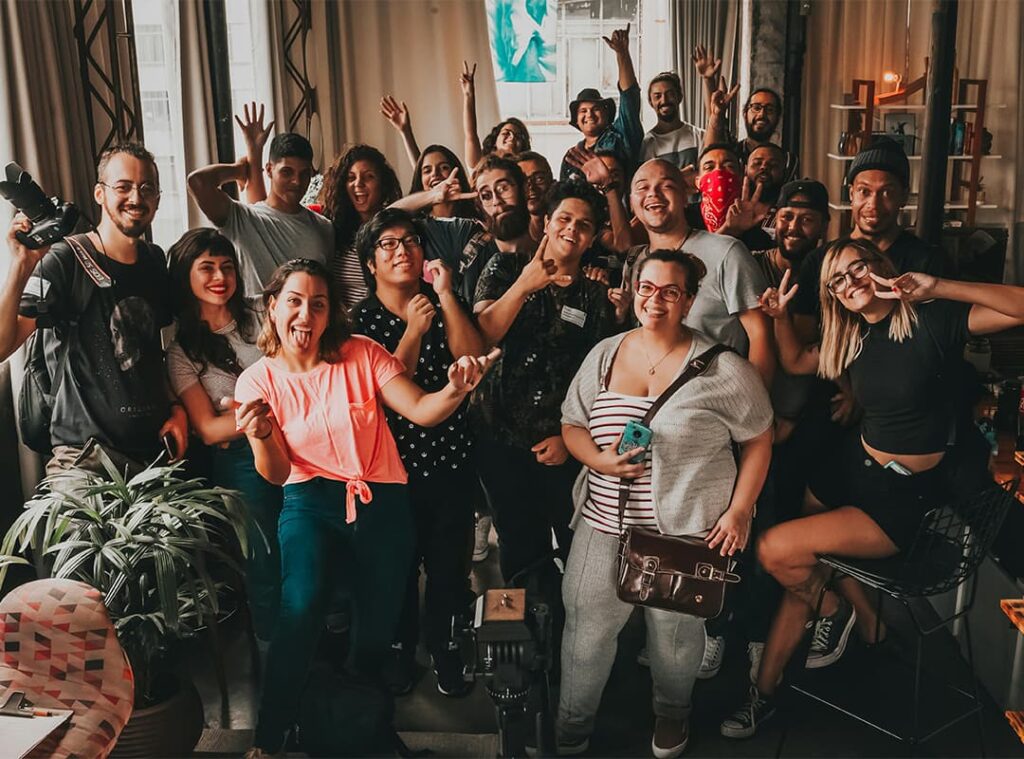In today’s world, where divisions and inequalities often lead to exclusion and conflict, interaction and solidarity within communities of color becomes a critical tool for overcoming challenges and achieving success. Support and unity helps not only in the fight for rights and equality, but also in creating cultural and social connections that strengthen our communities.
Interaction and solidarity are the foundation for building strong and sustainable communities. When people support each other, they can overcome obstacles together and share resources and knowledge. This is especially important for communities of color who often face systemic discrimination and socioeconomic challenges.
Ways to support each other
- Creating and maintaining support networks within communities helps people find help and resources when they need them. These can be informal groups, community organizations, or online communities that provide information and emotional support;
- Education plays a key role in strengthening communities. Conducting seminars, trainings and workshops helps to impart the knowledge and skills needed for personal and professional growth. This may include training in financial literacy, human rights or leadership development;
- Supporting local businesses and entrepreneurship is an important aspect of solidarity. Buying goods and services from members of one’s community, as well as creating joint projects and initiatives, contributes to economic development and strengthens the economic base of the community;
- Organizing cultural events such as festivals, concerts and exhibitions helps to preserve and promote cultural heritage. It also creates a space for communication and interaction where people can share their stories and experiences;
- Interaction and solidarity are also manifested in joint struggles for rights and justice. Participating in actions, rallies and advocacy campaigns helps to draw attention to issues and bring about change at the institutional level.
One of the most prominent examples of successful collaboration and solidarity is the Black Lives Matter movement, which has become a global symbol of the struggle for the rights of black people. This movement has united millions of people around the world, creating a platform for discussing racial issues and promoting equality.
Another example is the Latinx Support Network in the United States, which provides educational and career opportunities for Latino youth. Through these initiatives, thousands of young people gain access to education and jobs to help them build a successful future.
Engagement and solidarity within communities of color are powerful tools for creating a more just and equitable world. By supporting each other, sharing resources and knowledge, we can overcome challenges and build strong and sustainable communities. It is important to remember that each and every one of us can make a difference, whether it is by participating in community initiatives, supporting local businesses, or simply showing empathy and understanding for others. Together we can achieve great things and make the world a better place for all.
